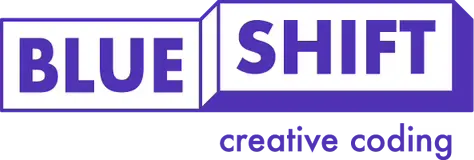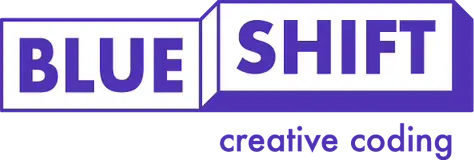What Was The Bedroom Coder Revolution?
Learning to code, like other art forms, is exceptionally fun, and once you learn the fundamental, exceedingly rewarding.
This has been true for decades, and encouraging coding for children has led to some incredible accomplishments by British programmers, as well as a culture of innovative and exceptional young talent learning to code and becoming very successful.
The era of the bedroom coder was such a shift that it was seen as a revolution in IT, and to this day the effects of the early computers that let it happen are still felt.
How Did It Begin?
The start of the bedroom coder boom came with the release of the Sinclair ZX80 in 1980. It was a grey blob of a computer with a whole kilobyte of memory to use, but it cost under £100 so it was incredibly popular.
It was, along with its even more successful follow-ups ZX81 and ZX Spectrum, a very cheap entry point for children and young adults to learn how to code. The system was simple to program for, using a very simple programming language fittingly called BASIC.
As a result, many young programmers were on the same level as professionals when it came to coding for the computer, learning how to take advantage of the computer’s limitations to add features through clever programming.
It led to young teenagers becoming very successful at a young age. The Oliver Twins, who were the main programmers at the company Codemasters, infamously bought a car with the money they made from their game Dizzy despite being too young to drive.
It was so influential that to this day systems like Scratch, SimpleBasic and the Raspberry Pi have come about to try and continue that spirit of affordable, easy to use programming languages that are also very rewarding and teach the principles of code in a fun way.






